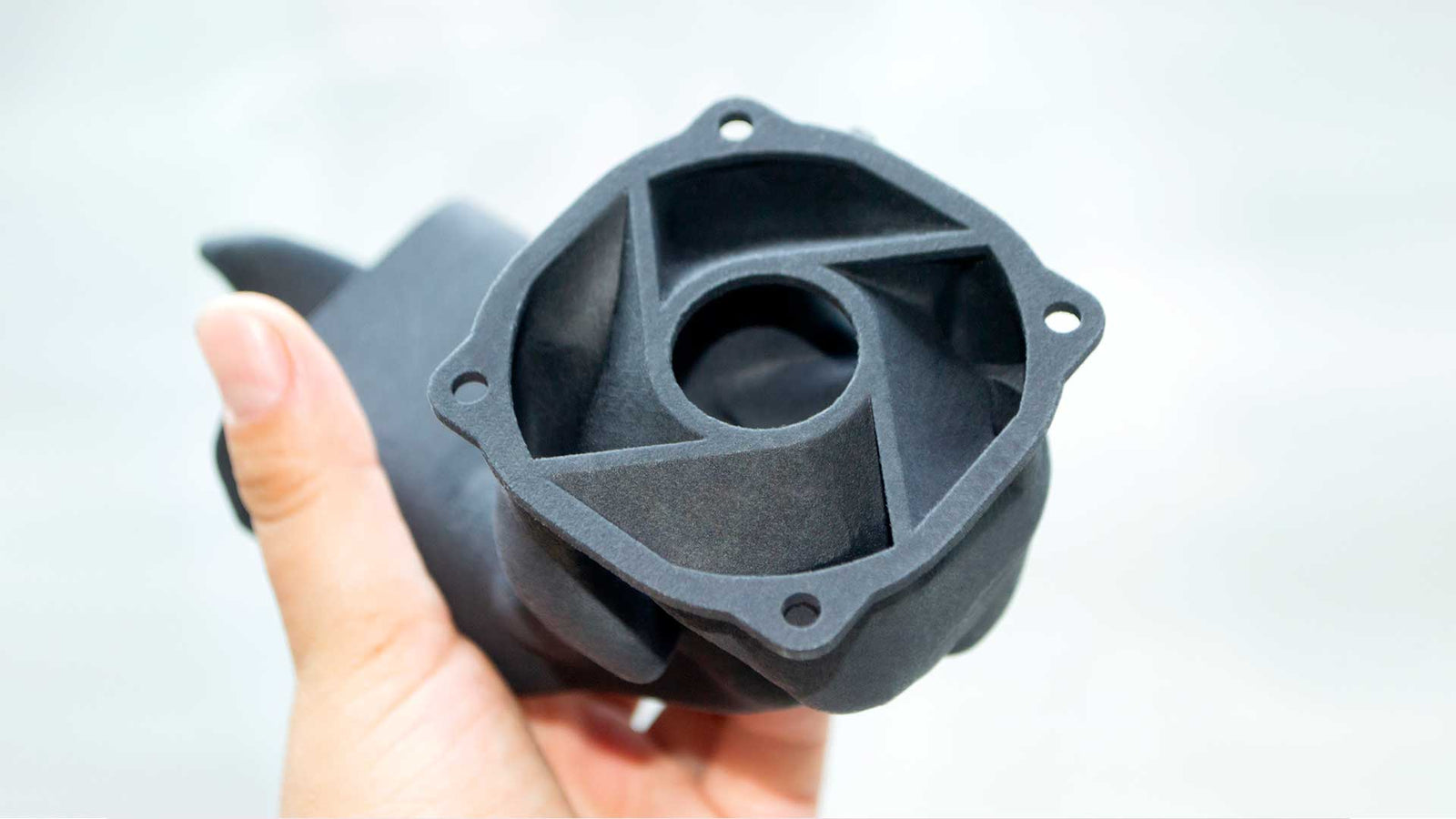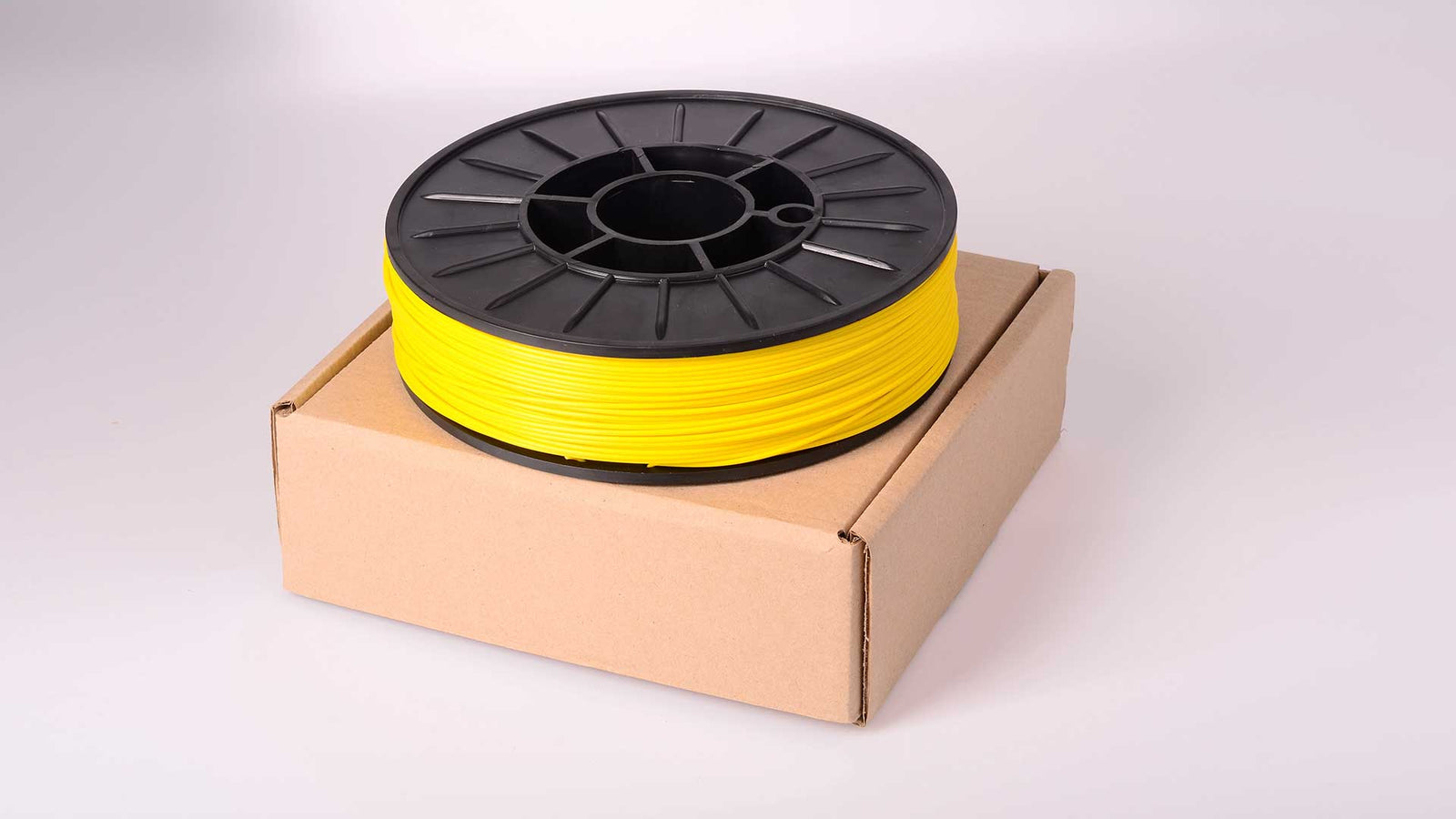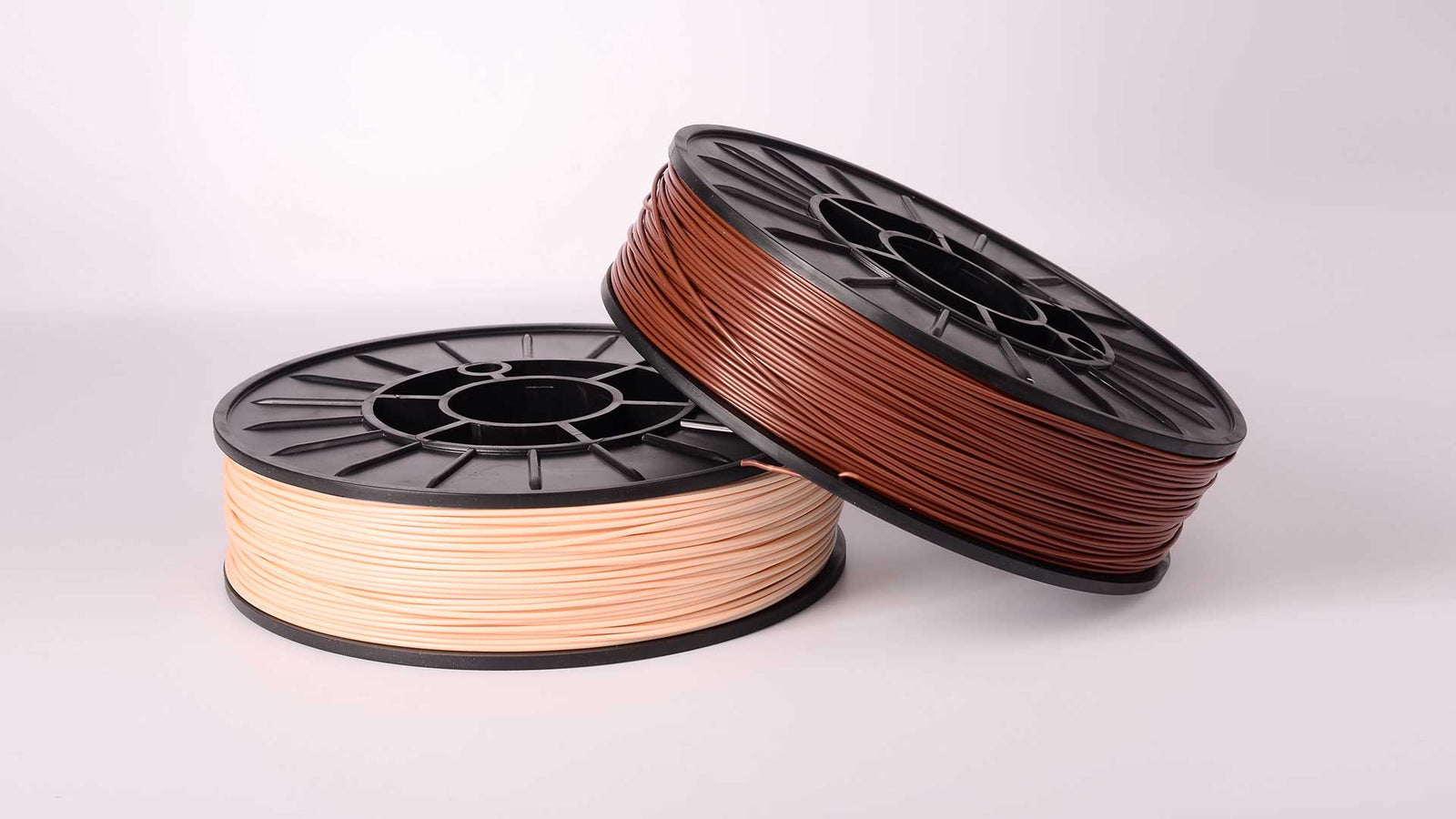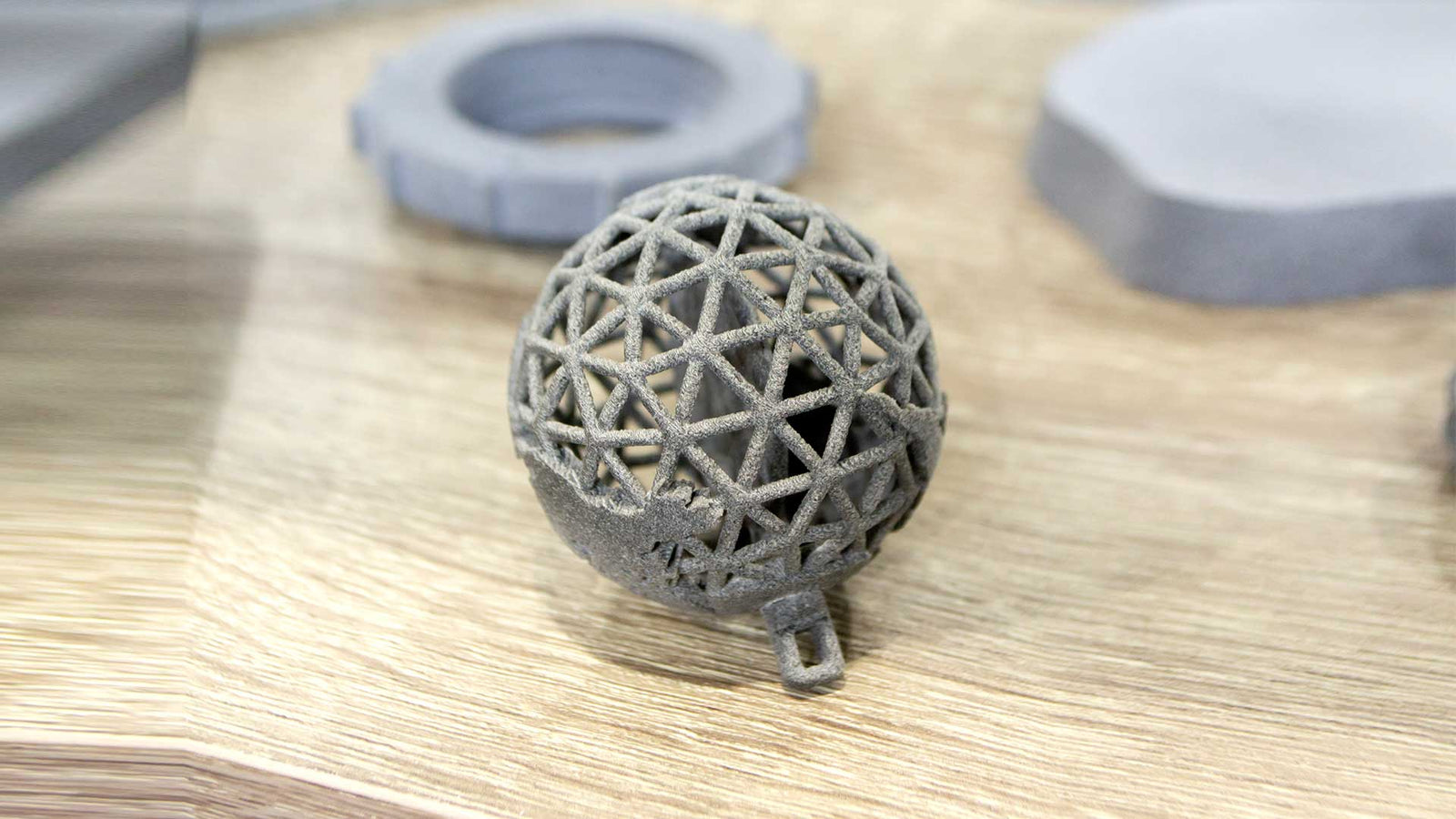Thermoplastic Polyurethane, or TPU material, has emerged as a highly versatile substance in 3D printing. Recognized for its elasticity and resistance to wear, TPU is popular across various industries. Its flexible nature make it an excellent option for manufacturing items that require both strength and flexibility. What exactly is this material, and how does it benefit the 3D printing process?
In this article, we will examine the characteristics of TPU and its contribution to the world of 3D printing. Understanding this 3D printing material will help manufacturers choose the right ones for their projects and expand the possibilities in product design and functionality.
What Is TPU Material?
TPU, or Thermoplastic Polyurethane, is a unique polymer that stands out due to its flexible and durable nature. It is a subset of thermoplastic elastomers (TPEs), known for combining both rubber-like properties and the ability to be processed as a thermoplastic. This blend allows TPU to be both stretchy and strong, making it ideal for applications requiring flexibility, abrasion resistance, and impact resilience.
The adaptability of TPU comes from its chemical structure. TPU can be manipulated under heat, allowing it to be molded into various forms while retaining its original toughness once cooled. This property sets it apart from materials that lose their flexibility after production.
Why TPU Is Ideal for 3D Printing
One of the main reasons TPU has become popular in 3D printing is its ability to withstand mechanical stress without losing its integrity. When used in 3D printing, TPU material allows for the production of parts that need to bend, compress, or endure repeated motion. Items like phone cases, flexible hoses, and footwear components are commonly produced using TPU due to its unique properties.
Another important characteristic of TPU in 3D printing is its excellent layer adhesion. The material fuses well between printed layers, resulting in parts that have a smooth finish with no visible gaps. TPU’s ability to absorb vibrations and impacts also adds to its growing popularity in industries like automotive, healthcare, and consumer goods.
Flexibility and Durability
TPU is well-known for its flexibility, making it suitable for applications requiring movement without breakage. Its elastomeric properties give printed objects a rubber-like texture, which is perfect for products that need to retain their shape after stretching or compressing. Unlike more rigid materials, TPU does not easily crack or break when subjected to dynamic loads, which is significant for products designed to endure stress.
Beyond flexibility, TPU’s durability comes from its resistance to abrasion and chemical damage. Products made from TPU are long-lasting and able to withstand exposure to oils, grease, and other harsh chemicals, which adds to the material’s usefulness in industrial applications.
How TPU Compares to Other 3D Printing Materials
When compared to more traditional materials like PLA or ABS, TPU offers advantages in terms of elasticity and impact resistance. Printing with PLA and ABS are unsuitable for applications where flexibility is required, since these materials are generally rigid and brittle. TPU, on the other hand, offers a balance between rigidity and softness, which opens up new design possibilities in 3D printing.
However, TPU also has its limitations. It can be more challenging to print with due to its softer consistency. Printing with TPU often requires slower printing speeds and adjustments in machine settings to accommodate the material’s stretch and movement during the process. Despite these challenges, the benefits of TPU often outweigh its drawbacks, especially for those looking to create durable, flexible products.
Applications of TPU in 3D Printing
The flexibility of TPU material makes it highly desirable in industries like fashion, electronics, and medical devices. In fashion, TPU is used to create custom footwear that combines comfort with durability. Its elasticity also allows for the production of seamless, form-fitting apparel that adapts to the wearer’s movement.
In electronics, TPU’s durability is ideal for manufacturing phone cases, chargers, and flexible connectors. These products need to be impact-resistant and long-lasting, characteristics that TPU provides in abundance. Medical devices, such as prosthetics and orthotics, also benefit from TPU’s unique ability to offer both support and flexibility.
Automotive manufacturers use TPU for components like gaskets, seals, and hoses, where flexibility and resistance to heat and chemicals are important. These automotive parts require high performance under stress, which is why TPU is often the material of choice.
Challenges in 3D Printing with TPU
While TPU brings many benefits to 3D printing, it also presents some challenges. Its flexible nature can cause issues with the extrusion process, as the material tends to bend or move during printing. This makes TPU harder to print with compared to more rigid materials like PLA. Printers may require modifications such as using a direct-drive extruder or adjusting the nozzle temperature to handle the material effectively.
Another challenge is the need for slower print speeds. TPU’s flexibility can cause warping or stringing if printed too quickly. To avoid these problems, it is important to fine-tune the printing parameters, including retraction settings, to minimize imperfections. Despite these hurdles, the end result is often worth the extra effort, as TPU parts deliver superior flexibility and strength.
Best Practices for Printing with TPU
To successfully print with TPU material, certain best practices should be followed. First, it is important to use a printer with a heated bed, as TPU benefits from an adhesive surface to prevent warping during printing. Setting the bed temperature between 50°C and 60°C usually provides the best results for TPU prints.
Another important consideration is the extrusion settings. Using a direct-drive extruder will minimize any stretching or bending during the extrusion process, resulting in a smoother print. Slowing down the printing speed is also key. For TPU, speeds between 20 mm/s and 30 mm/s are typically recommended, although this can vary depending on the printer and the object being printed.
Future of TPU in 3D Printing
The future of TPU in 3D printing looks promising. As more industries recognize the material’s flexibility and durability, TPU is expected to play an even larger role in custom manufacturing. Innovations in 3D printing technology, such as improved extruders and faster printing speeds, will likely make it easier to work with TPU, further expanding its applications.
There is also growing interest in combining TPU with other materials to create composite products with even more advanced properties. This could lead to the development of 3D-printed parts that are not only flexible and durable but also capable of withstanding extreme conditions, such as high temperatures or corrosive environments.
Sustainability and TPU in 3D Printing
As sustainability becomes more important in manufacturing, TPU’s role in 3D printing is evolving. TPU is recyclable, which reduces waste and promotes the circular economy. Many industries are looking for environmentally friendly materials, and TPU’s ability to be reprocessed multiple times without significant degradation makes it a popular choice. Additionally, the use of TPU in additive manufacturing leads to reduced material usage since only the necessary amount of material is used in printing.
This focus on sustainability is expected to drive further adoption of TPU in industries focused on eco-friendly production. By combining versatility with recyclability, TPU is set to become even more significant in reducing the environmental impact of manufacturing processes.
Why TPU 95A Is an Ideal Choice
For those looking to print flexible, durable parts, Filamatrix’s TPU 95A 3D printing filament offers the ideal solution. It combines the well-known qualities of TPU—elasticity, impact resistance, and abrasion protection—with ease of use in the printing process. Whether you are creating functional prototypes or consumer goods, Filamatrix's TPU 95A filament delivers high performance with reliable results.




